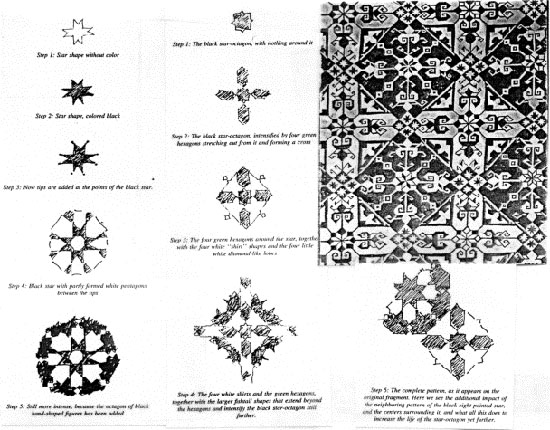In this radical new look at the theory and practice of urban design, Christopher Alexander asks why our modern cities so often lack a sense of natural growth, and suggests a set of rules and guidelines by which we can inject that `organic' character back into our High Streets, buildings, and squares. At a time when so many of Britain's inner cities are undergoing, or are in need of, drastic renovation, Christopher Alexander's detailed account of his own experiments in urban-renewal in San Francisco makes thought-provoking reading.
A New Theory Of Urban Design by Christopher Alexander, Hajo Nais, Ingrid F. King Published 1987 by Oxford University Press in New York. Written in English.

The venerable cities of the past, such as Venice or Amsterdam, convey a feeling of wholeness, an organic unity that surfaces in every detail, large and small, in restaurants, shops, public gardens, even in balconies and ornaments. But this sense of wholeness is lacking in modern urban design, with architects absorbed in problems of individual structures, and city planners preoccupied with local ordinances, it is almost impossible to achieve. In this groundbreaking volume, architect and planner Christopher Alexander presents a new theory of urban design which attempts to recapture the process by which cities develop organically. To discover the kinds of laws needed to create a growing whole in a city, Alexander proposes here a preliminary set of seven rules which embody the process at a practical level and which are consistent with the day-to-day demands of urban development.
He then puts these rules to the test, setting out with a number of his graduate students to simulate the urban redesign of a high-density part of San Francisco, initiating a project that encompassed some ninety different design problems, including warehouses, hotels, fishing piers, a music hall, and a public square. This extensive experiment is documented project by project, with detailed discussion of how each project satisfied the seven rules, accompanied by floorplans, elevations, street grids, axonometric diagrams and photographs of the scaled-down model which clearly illustrate the discussion. A New Theory of Urban Design provides an entirely new theoretical framework for the discussion of urban problems, one that goes far to remedy the defects which cities have today.